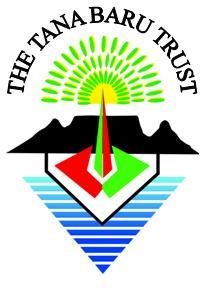Also known as Tuan Nuruman or Imam Norman, Paay Schaapie was banished to the Cape from Batavia in 1770. He soon became a respected member of Cape society and an Imam of the small local Muslim community. He was a man with a simple life-style and lovable character, with a particular fondness for children and animals.
He was known for the power of his “Azeemats” or talismans and his services were widely sought after by those slaves who were seeking protection against physical and spiritual dangers. In 1786 he was banished to Robben Island after he had assisted a group of runaway slaves by giving them an “Azeemat’ for protection.
On his release from Robben Island, he resumed his duties as Imam of the Cape Muslim community. His love for animals is clearly illustrated by the fact that during this period he dug a hole on the Tana Baru with the intention that it should act as a drinking well for those animals grazing in the area. Remnants of the well is still visible in close proximity to this Qabr. (Ask theguide to point the well out to you).
During the rule of the Batavian Republic at the Cape, he became a firm friend of the Governor, General Janssen. As a token of their friendship, Janssen gave Paay Schaapie a piece of land on the Tana Baru as a burial ground for him and his family. It is on this site that Paay Schaapie’s shrine can be found.
Paay Schaapie had a thorough understanding of Islam and his spiritual work was motivated by this understanding. He gladly shared his Islamic knowledge with the slaves and free blacks who suffered great poverty and oppression in Cape Town. He firmly believed that Islam offered them the perfect solution. The fact that religious freedom was not allowed at the time did not bother him one iota. He went about teaching Islam, instilling hope and faith in a community that was suffering greatly at that time.
